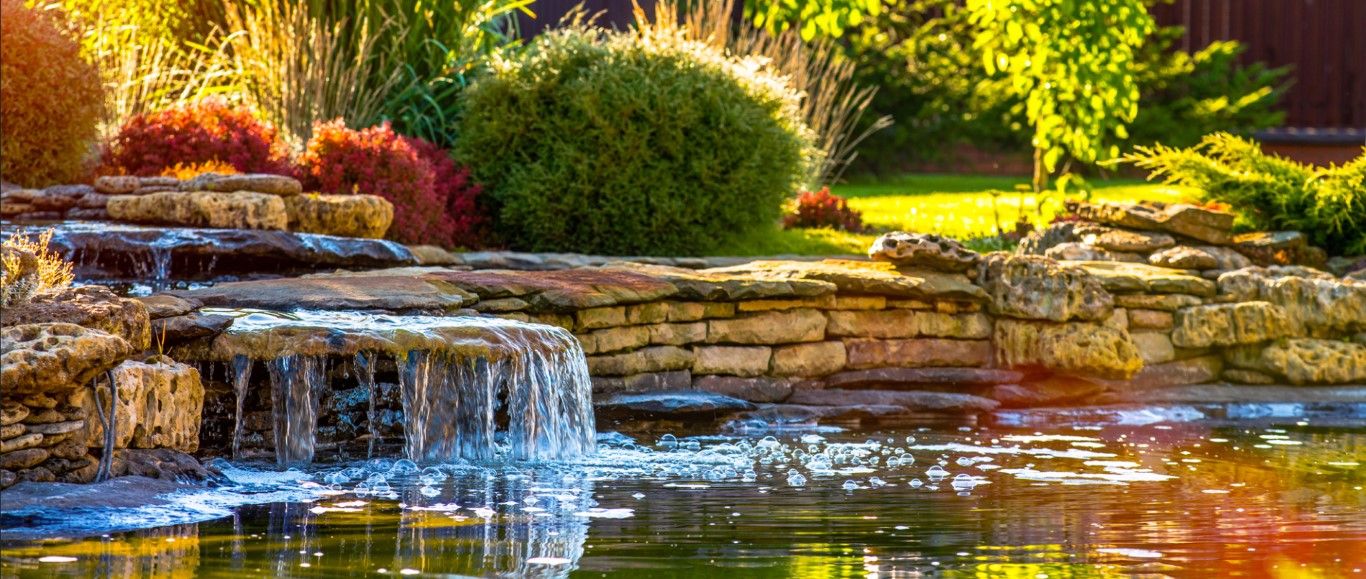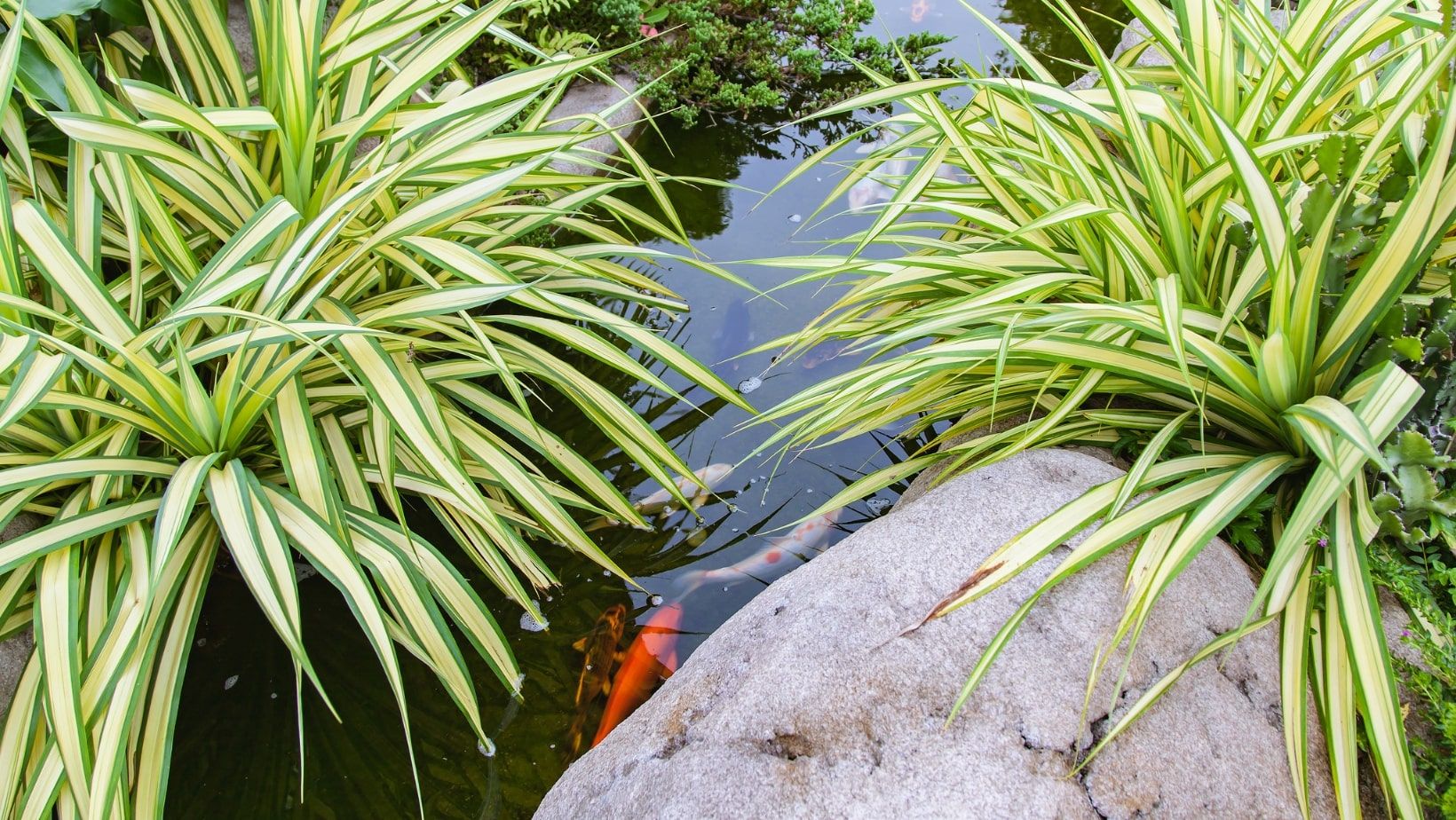How to: Springtime Pond Maintenance
How to: Springtime Pond Maintenance
Get the Guide: Springtime Pond Maintenance
Our essential tips for getting your pond ready for Spring:
Inspect
Take a careful look around your pond. Make sure there has been no winter damage to the pond or any of the components, so you will want to repair or replace as necessary.
Clean
No matter how much preparation you have done, winter has likely left the pond in less than perfect condition. Even with leaf netting, you probably have had a few leaves settle to the pond bottom. Any plants that were not completely cut back will usually leave a settlement of organics in the pond bottom.
Manually scoop out as much of this as possible using a net or use a pond vacuum if you have a large pond. It's also a good time to clean up around the pond. Loose leaves, twigs, etc may find their way into the water if left in the surrounding area. Clip back any overhanging branches before the growth period during Spring/Summer.
Partial Water Change
Starting the season with a decent water change (usually around 25%) can be a big help for the pond as a whole.
If the pond is brown or tea-coloured this is likely due to tannins from Autumn leaves. In this case, a slightly larger water change (30-50%) would be good.
If the pond is in especially bad shape (heavy, thick buildup of organic debris in the bottom) or if you have dead zones on the bottom due to a layer of rock, then a complete drain and refill could be advantageous.
In general, we want to avoid these complete drainings as it can upset the natural microbes and balance of the pond environment.
Start Pump/Filter
If your pump has been off for the winter, spring is the time to start it back up and check that it's functioning correctly. Start the pump back up when you will be spending time around the house for several hours. This way you can keep an eye on everything and make sure that all the water is still going where you want it to go (back in the pond).
Should you discover any problems, turn the pump off until you can make repairs. If you're in need of a new pump, Stone & Water World have the most comprehensive range of pumps and filters, designed in New Zealand for local conditions.
Give your filter system a thorough cleaning with water and a soft sponge prior to starting the system backup. Check your UV lamp and replace it if needed.
Test the Water
Test the PH levels of your pond with a PH testing kit such as the PondCare pH Test Kit.
If you found this blog helpful, you might want to take a look at:


